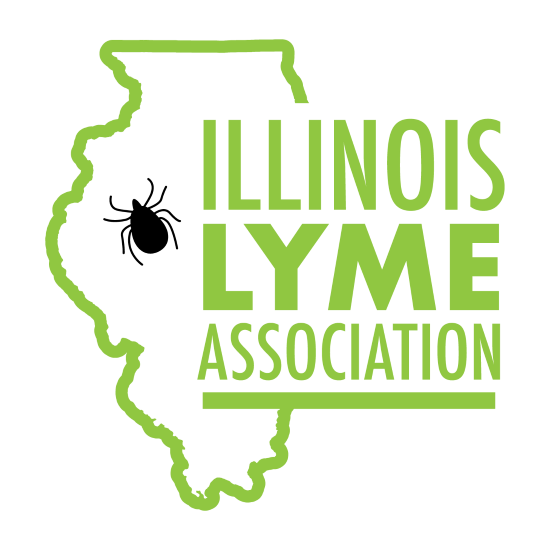Hope is Dawning: Karissa’s Story
The following is an excerpt from a forthcoming book by Brooke Kuntz
I held the shrunken, tiny body of my eight-year-old daughter in my arms. I could feel her wasting away. Her heart was beating strangely against my own, and I needed neither a stethoscope nor a medical degree to understand the deep knowing inside me. Something was wrong with a heartbeat like that.
My daughter was dying in my arms. But no one knew why.
We had seen so many doctors ever since Karissa became mysteriously ill when she was seven years old. Over and over, hope cautiously appeared on the fresh page of a newly scheduled doctor appointment. And just as many times, the hope had smothered and died.
She was admitted to a high-ranking hospital where teams of doctors ran tests, racked their brains, and grew exceedingly baffled. They administered IV fluids and inserted a feeding tube because she had stopped eating and drinking. We were grateful for the lifesaving measures, but they offered neither a diagnosis nor a cure. We wanted both.
She was fading away, slipping ever deeper into the clutches of this nameless monster of illness we were fighting. She slept twenty-two hours a day.
Having thoroughly exhausted our options in the conventional Western medical realm, we traveled a thousand miles from home to pursue alternative healthcare treatments.
There, the miracles arrived in rapid succession; we celebrated all of them! She could eat! She could walk! She could talk! She stopped sleeping all the time! The pain she’d been enduring for months disappeared!
Our daughter was back, safe and sound. We wanted to shout the good news to the whole world!
But still, we didn’t have a name for the thief that had wrecked her vivacity for so long – and nearly stole her life.
The name arrived after nine months of intravenous treatments. She tested positive for Lyme disease – and badly! In compliance with legal protocol, our health department in Illinois was notified.
“Why didn’t she test positive for Lyme when she first started treatments?” I asked the charge nurse.
“She was too sick,” he said. “Her immune system was shut down. Lyme tests are looking for Lyme antibodies, not the presence of Lyme itself.”
Nine months of intravenous glutathione, with occasional intravenous vitamins, minerals, and amino acids, had boosted her immune system until, at last, her body gave up the secret it had harbored for so long: Lyme disease.
The concise file, now crisply on record at the health department, didn’t – couldn’t – give voice to the arduous and tear-stained journey preceding its long overdue arrival.
She’s been on IV treatments for over three years, now. With the support of intravenous glutathione, she is well. Without it, she is not.
Some days, when we encounter yet another crisis in the journey, frustration churns into a single sentence, all capitalized, italicized, and bathed in tears: IT SHOULDN’T BE THIS HARD!
The anxiety abates when the crisis resolves, but the epiphany lingers, deep-rooted by now. Lyme disease really shouldn’t be this hard – not in the advanced medical age we live in.
I dream of a day when Lyme disease isn’t this hard anymore; when Lyme patients everywhere can enter the nearest doctor’s office or, for the severely ill, their local hospital, and get the help they need. A Lyme patient shouldn’t have to travel a thousand miles from home to find a doctor equipped to meet their needs. It shouldn’t take years to get a diagnosis.
But Lyme patients are telling their stories, and the medical community is starting to notice. On the foundation of awareness, wellness can be achieved. Only on the foundation of awareness will the appropriate progress be made in both testing and treatment options.
I believe hope is dawning on the horizon for the Lyme patients of tomorrow: a medical community equipped to tackle Lyme disease!
About the author:
Brooke Kuntz lives on a farm in Central Illinois with her husband and children. A stay-at-home mom, she loves taking care of her family and indulging in hobbies — photography, writing, and playing the Celtic harp. She writes about her 12-year-old daughter, Karissa, and the severe battle with Lyme disease she’s endured.




